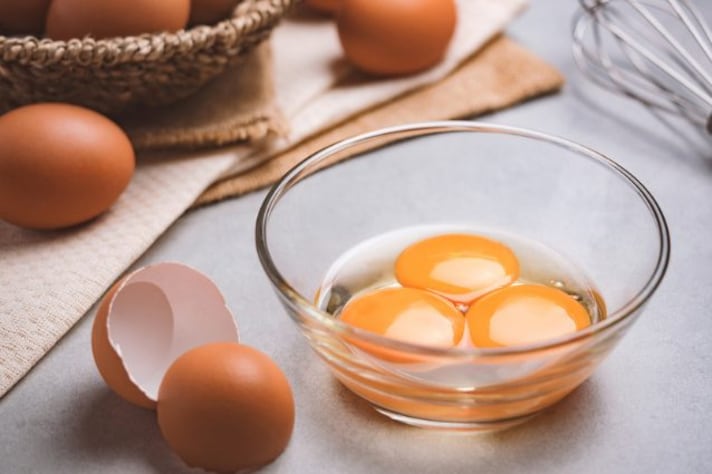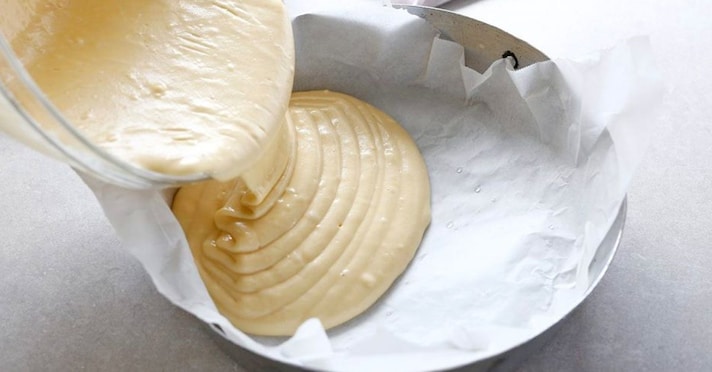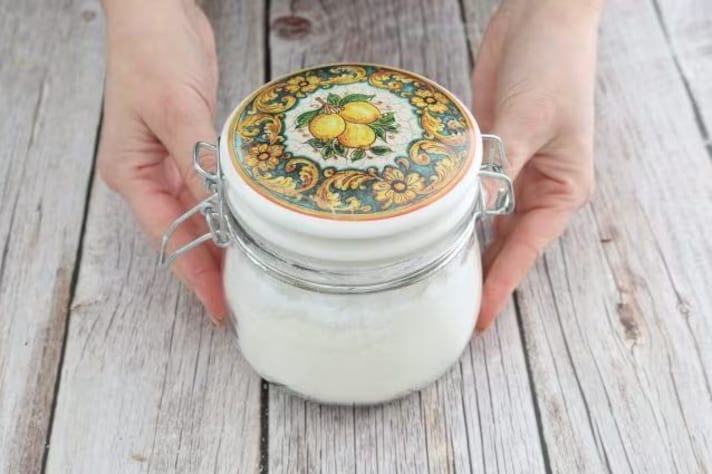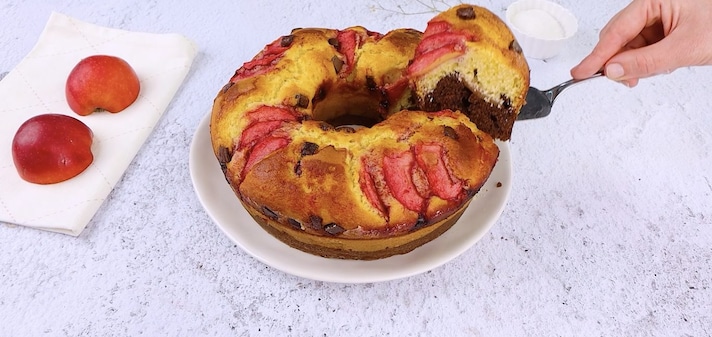
Baking is both science and art — and like any good craft, it rewards patience. Even experienced bakers slip up when they rush through steps or forget key details. So before you preheat your oven, take a breath, slow down, and treat the process with the same care you give to decorating or tasting your cake later. Here are 10 common cake mistakes and how to avoid them, so every slice comes out perfectly soft, fluffy, and delicious.
1: Forgetting to Measure Ingredients in Advance

The number one rule of baking: organization. Jumping straight into mixing without prepping your ingredients is an easy way to forget something or use the wrong quantity. Even one missed teaspoon can change your cake’s texture.
How to Fix It:
Practice mise en place — the culinary term for “everything in its place.” Gather all ingredients (both dry and wet) before you start. Measure everything in the exact quantities the recipe calls for. Set them out on your counter in order of use. It may feel tedious, but it’s the simplest way to guarantee consistency and peace of mind once the mixer starts whirring.
2: Ignoring Ingredient Temperatures

Temperature isn’t just a technical detail — it’s chemistry. When a recipe asks for room-temperature butter, eggs, or milk, it’s because temperature affects how these ingredients interact. Cold butter won’t cream properly with sugar, so your cake won’t rise well. Room-temperature eggs blend better, creating lighter, fluffier batters. Warm liquids can activate yeast or improve mixing.
How to Fix It:
Read through your recipe before starting. If you see “room temperature” or “softened,” pull those ingredients out about 30–45 minutes before baking. Planning ahead is half the recipe for success.
3: Using the Wrong Oven Rack

Oven rack placement can make or break your bake. Cakes baked too close to the top can brown too quickly; too low, and they may come out underdone.
How to Fix It:
Always place your pan on the center rack for even heat distribution.
If baking multiple cakes, swap and rotate them halfway through so they cook uniformly — top to bottom and front to back.
4: Choosing the Wrong Pan

Cakes aren’t one-size-fits-all, and neither are pans. Even a one-inch difference can affect baking time and texture.
How to Fix It:
Follow the pan size listed in your recipe. Measure pans if you’re unsure — width across the top edge (not including walls). If you must substitute, adjust baking times: thinner layers need less time, deeper pans need more. Remember, baking is about ratios — the right pan ensures the chemistry works in your favor.
5: Skipping the Pan Coating

Nothing ruins a cake faster than having it cling stubbornly to the pan. Greasing may seem trivial, but it’s what keeps your masterpiece intact.
How to Fix It:
Grease your pans with butter, oil, or baking spray, then dust lightly with flour. Don’t forget to coat corners and edges evenly. Even nonstick pans benefit from a little prep. That extra minute of work can save you from heartbreak when it’s time to unmold.
6: Scooping Flour Directly from the Bag

If your cakes are dense or dry, your measuring technique might be to blame. Scooping directly from the bag packs the flour down, giving you more than the recipe intended.
How to Fix It:
Fluff the flour in the bag or container first. Spoon it lightly into your measuring cup, then level it off with a knife. For accuracy, consider investing in a digital kitchen scale — bakers’ secret weapon for precision. And a quick tip: don’t use liquid measuring cups for dry ingredients. Keep them separate for consistency.
7: Relying on Boxed Cake Mixes

There’s no shame in shortcuts, but boxed cake mixes can only take you so far. They’re convenient but can’t match the flavor, texture, or aroma of a cake made from scratch.
How to Fix It:
Try making a simple sponge or butter cake instead — most take under an hour, and you control the quality of every ingredient. Once you taste a homemade cake, there’s no going back.
8: Cutting the Cake While It’s Still Warm

It’s tempting — your kitchen smells like heaven, and the cake looks perfect. But slicing too soon can wreck the texture and cause it to crumble or collapse.
How to Fix It:
Let the cake cool completely on a wire rack before slicing. Cooling allows the crumb to set, giving you clean cuts and a light, even texture. Remember: great baking requires restraint. (Yes, even when it smells that good.)
9: Baking by Time Only

Your oven timer isn’t a fortune teller. Baking times vary with humidity, altitude, oven calibration, and even pan material.
How to Fix It:
Use the timer as a guide, not gospel. Check for doneness by inserting a toothpick into the center of the cake: if it comes out clean or with just a few crumbs, it’s done. If it’s wet, give it another few minutes — and recheck. Learning to trust your senses is part of becoming a confident baker.
10: Overmixing (or Undermixing) the Batter

Mixing seems simple, but it’s one of the biggest cake killers. Overmixing develops gluten, making cakes tough; undermixing leaves lumps and uneven texture.
How to Fix It:
Follow the recipe’s mixing instructions closely. Add dry and wet ingredients alternately — it keeps the batter balanced. Mix only until combined; if you can still see streaks of flour, stop and fold gently with a spatula. Your mixer isn’t a jackhammer — it’s a paintbrush. Think finesse, not force.
;Resize,width=767;)
